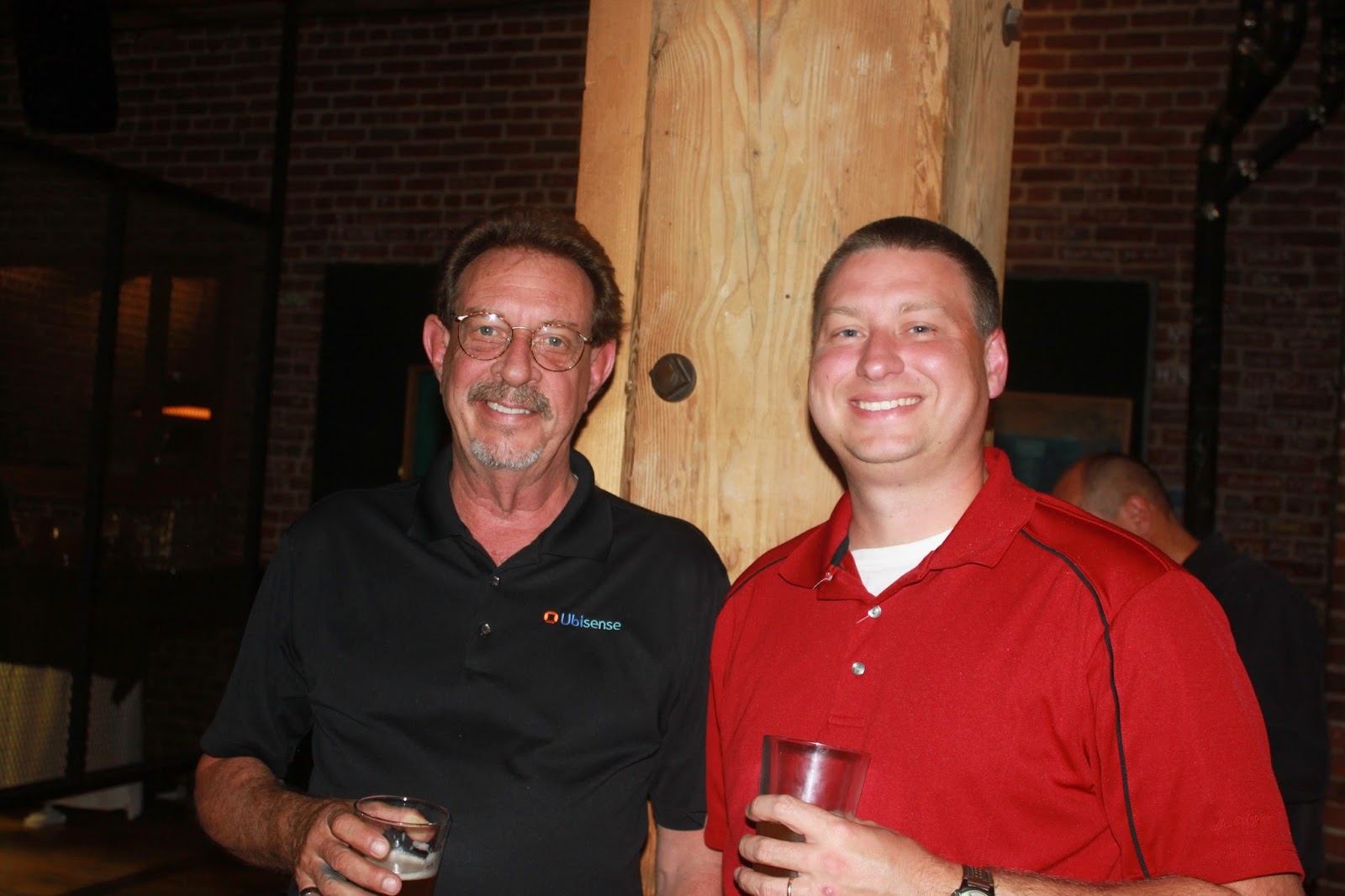▶ Crowdsourcing: Another interesting
development that has grown primarily in the consumer space, but increasingly
has application in the enterprise, is the use of crowdsourcing for creation and
maintenance of geospatial data. The best known example is OpenStreetMap, a map
of the world that is free to use and can be edited by anyone. In many parts of
the world its quality is as good as or better than commercial equivalents.
One impact of OpenStreetMap is simply in its potential for use as a basemap layer in enterprise applications, especially offline where alternatives like Google Maps cannot be used. But it is also significant in that it has shown that good quality map products can be created by non-specialist users without any special training. The lesson for enterprises here is that it makes sense to enable more users of the data, especially users in the field, participate in contributing corrections to data if they find errors. In the past it has generally been assumed that most field workers did not have the skills to do these sort of updates, but OpenStreetMap has shown that this is not the case, especially where users have a vested interest in seeing the data improved, which utility field workers do.
Another good example of crowdsourcing is for damage assessment, after a storm or other incident. All smartphones now have the ability to take geotagged photos, that have a GPS coordinate stored with them indicating where they were taken. It is easy to load and display such pictures on a map, either by asking people to email them, upload them to a website, or by pulling photos from social media sites like Twitter, Instagram or Facebook. This can provide a very rich source of data for quickly evaluating the extent of damage.
Summing up
Currently, the most active area of change in the utility geospatial market is in web and mobile applications, leveraging the major technology changes that have been seen in these areas in recent years. Major benefits can be achieved with a relatively small incremental investment, by expanding use of geospatial data to many more users and many more business processes. Technology originating in the consumer market, both software and hardware, is having a major influence.
There is not major change in backend traditional GIS platforms — in general these are well entrenched, with a lot of customisation and integration with other systems. There is little obvious benefit to changing, and a lot of cost to do so.
As smart grid technologies roll out over the coming years, there may be more change in backend systems, as there is more pressure to handle real time data. Currently network applications are handled by a mix of GIS, OMS (Outage Management Systems), DMS (Distribution Management Systems), EMS (Energy Management Systems), SCADA (Supervisory Control and Data Acquistion), and MDMS (Meter Data Management Systems), with varying degrees of integration between them. It seems as though there should be opportunity to rationalise the number of systems involved, but this is a complex challenge both technically and in terms of organisation and process issues.
One impact of OpenStreetMap is simply in its potential for use as a basemap layer in enterprise applications, especially offline where alternatives like Google Maps cannot be used. But it is also significant in that it has shown that good quality map products can be created by non-specialist users without any special training. The lesson for enterprises here is that it makes sense to enable more users of the data, especially users in the field, participate in contributing corrections to data if they find errors. In the past it has generally been assumed that most field workers did not have the skills to do these sort of updates, but OpenStreetMap has shown that this is not the case, especially where users have a vested interest in seeing the data improved, which utility field workers do.
Another good example of crowdsourcing is for damage assessment, after a storm or other incident. All smartphones now have the ability to take geotagged photos, that have a GPS coordinate stored with them indicating where they were taken. It is easy to load and display such pictures on a map, either by asking people to email them, upload them to a website, or by pulling photos from social media sites like Twitter, Instagram or Facebook. This can provide a very rich source of data for quickly evaluating the extent of damage.
Summing up
Currently, the most active area of change in the utility geospatial market is in web and mobile applications, leveraging the major technology changes that have been seen in these areas in recent years. Major benefits can be achieved with a relatively small incremental investment, by expanding use of geospatial data to many more users and many more business processes. Technology originating in the consumer market, both software and hardware, is having a major influence.
There is not major change in backend traditional GIS platforms — in general these are well entrenched, with a lot of customisation and integration with other systems. There is little obvious benefit to changing, and a lot of cost to do so.
As smart grid technologies roll out over the coming years, there may be more change in backend systems, as there is more pressure to handle real time data. Currently network applications are handled by a mix of GIS, OMS (Outage Management Systems), DMS (Distribution Management Systems), EMS (Energy Management Systems), SCADA (Supervisory Control and Data Acquistion), and MDMS (Meter Data Management Systems), with varying degrees of integration between them. It seems as though there should be opportunity to rationalise the number of systems involved, but this is a complex challenge both technically and in terms of organisation and process issues.
- See more at:
http://geospatialworld.net/Magazine/MArticleView.aspx?aid=31228#sthash.en8SZNg4.dpuf











.JPG)
.JPG)
.jpg)
.JPG)
.jpg)
.JPG)
.jpg)


























